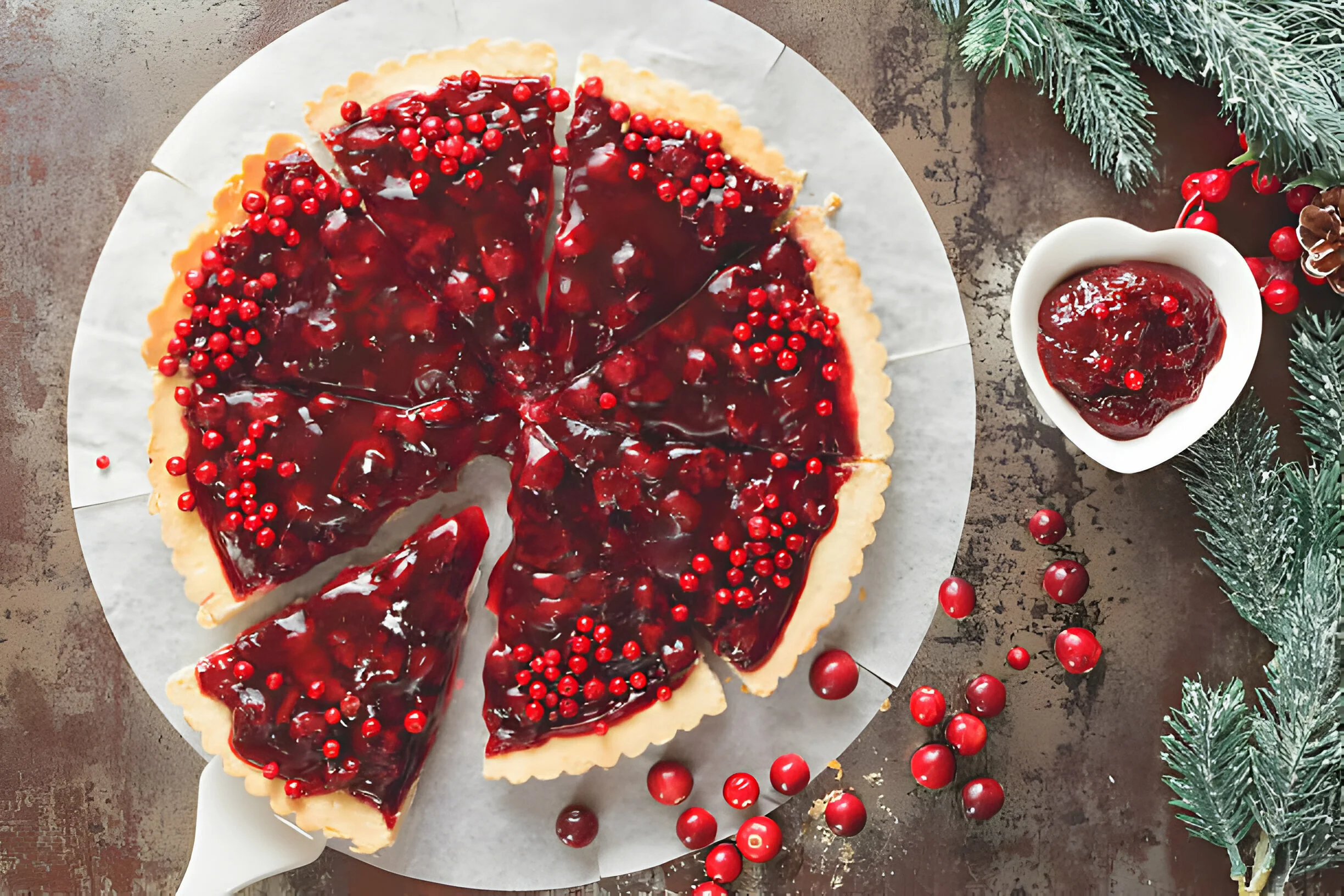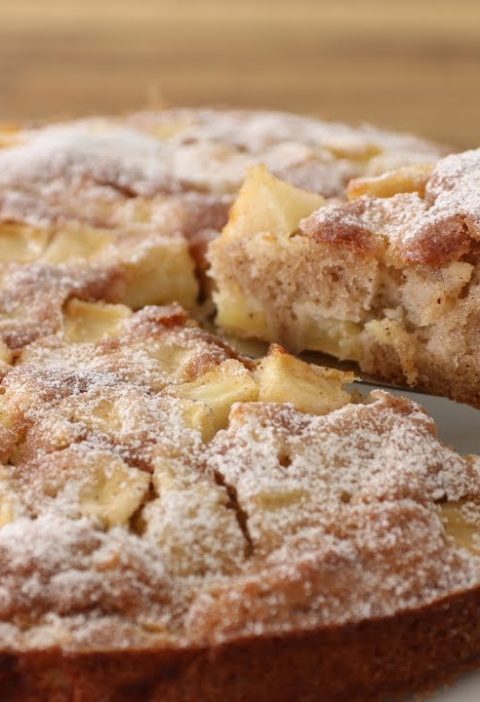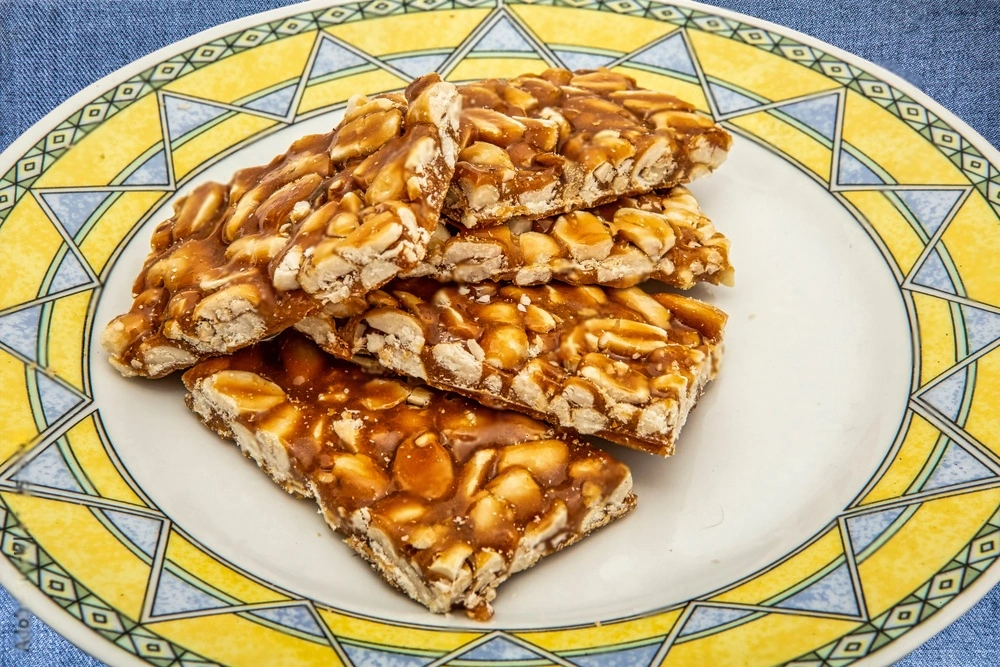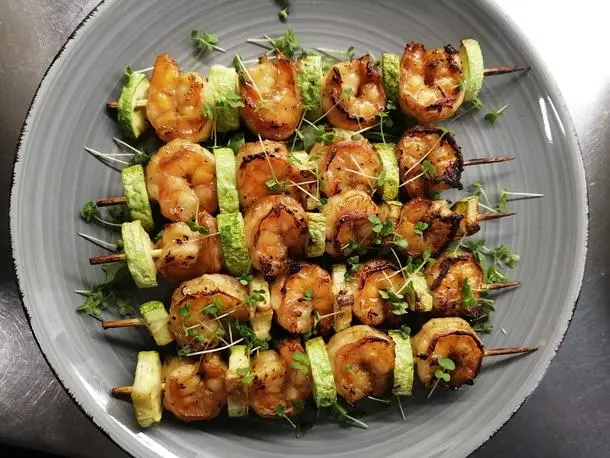Cranberry pie, a delightful twist on traditional dessert fare, offers a unique blend of tart and sweet flavors, making it a standout choice for any occasion. This article delves into the world of cranberry pie, exploring everything from the basics of crafting a cranberry custard pie to expert tips on baking and storage. Whether you’re a seasoned baker or new to the kitchen, this comprehensive guide will walk you through creating a cranberry pie that’s sure to impress.
introduction Cranberry Custard Pie
Cranberry pie, with its vibrant color and tantalizing taste, is more than just a dessert; it’s a celebration of flavors. This pie, often overshadowed by its more famous counterparts like apple or pumpkin, deserves a spotlight for its unique blend of tartness and sweetness. In this section, we’ll explore what makes cranberry pie a must-try dessert and why it might just become your new favorite.
The Appeal of Cranberry Pie
Why opt for cranberry pie? Well, for starters, cranberries are a powerhouse of flavor. These little red gems, packed with nutrients (discover the nutritional value of cranberries) offer a tartness that perfectly balances the sweetness in a pie. It’s not just about taste, though. Cranberries bring a pop of color that makes this pie a feast for the eyes as well, much like the vibrant hues in our Pumpkin Banana Loaf.
Cranberry pie isn’t just a dessert; it’s a piece of culinary art. Its rich history (explore the rich history of pies) and versatility in recipes make it a fascinating subject for both baking enthusiasts and food historians alike. Whether it’s a family gathering or a cozy evening at home, a slice of cranberry pie brings warmth and joy to any table.
In the following sections, we’ll dive into the intricacies of making a cranberry custard pie, from selecting the right ingredients to mastering the art of baking. So, tie your apron, preheat your oven, and get ready to embark on a delightful culinary journey with cranberry pie!
Cranberry Custard Pie Recipe
Creating a cranberry custard pie is like orchestrating a symphony of flavors. It’s a delightful process that combines the tartness of cranberries with the creamy smoothness of custard. In this section, we’ll go through the ingredients you’ll need and the tools that will make your baking experience a breeze.
Essential Ingredients for a Delicious Cranberry Custard Pie
To start, gather your ingredients. You’ll need fresh or frozen cranberries, pure cranberry juice (opt for the unsweetened variety for a true cranberry flavor), sweetened condensed milk, eggs, all-purpose flour, powdered sugar, granulated sugar, crystallized ginger, ground ginger, salt, and unsalted butter.Each ingredient plays a pivotal role in creating the perfect balance of flavors and textures in your pie, similar to the delicate balance found in our Earl Grey Cookies.
Remember, the quality of your ingredients can make or break your pie. Fresh cranberries are ideal, but frozen ones work just as well. The key is to ensure they are of good quality. The same goes for your cranberry juice – the purer, the better.
Necessary Tools
Now, let’s talk tools. Additionally, you’ll need a food processor for the crust. Then, an immersion blender or stand blender for the cranberry puree. Along with that, a fine mesh strainer, pie weights (dried rice or beans work too), and a pie plate are necessary. Don’t forget the essentials: a kitchen scale, whisk, measuring spoons and cups, and a spatula.
These tools aren’t just fancy gadgets; they’re your allies in the kitchen. Furthermore, a food processor makes quick work of the crust. Meanwhile, an immersion blender ensures your cranberry puree is smooth and lump-free. Lastly, the fine mesh strainer is crucial for achieving the silky texture of the custard..
Step-by-Step Instructions
Ready to bake? First, prepare your ginger-spiked pastry crust. Then, cook, blend, and strain the cranberries to make a puree. Next, temper the egg yolks with the remaining filling ingredients and the warm cranberry puree. Finally, pour the filling into the crust and bake.
Each step is a dance of precision and care. From the gentle blending of the cranberries to the careful tempering of the eggs, every move you make adds to the final masterpiece that is your cranberry custard pie.
Making the Perfect Cranberry Puree

The heart of a cranberry custard pie lies in its cranberry puree. This section will guide you through the process of transforming simple cranberries into a luscious puree, setting the stage for a pie that’s bursting with flavor.
Cooking and Blending Cranberries
First, begin by cooking down your cranberries with a touch of sugar and pure cranberry juice. Consequently, this step is crucial – it’s where the cranberries release their vibrant color and tart flavor. Additionally, as they burst open, their juices meld with the sugar, creating a symphony of sweet and tart.
Subsequently, once the cranberries have softened and burst, it’s time to blend. Whether you’re using an immersion blender or a stand blender, the goal is to achieve a smooth, velvety texture. Therefore, this puree is the soul of your pie, so take your time to blend it thoroughly.
Straining for the Perfect Texture
After blending, strain the mixture through a fine-mesh strainer. This step is like panning for gold – you’re sifting out the unwanted bits to get to the precious, smooth puree. The strainer catches any seeds or rough parts, leaving you with a puree that’s as smooth as silk.
This cranberry puree is not just an ingredient; it’s a testament to your culinary skills. Its vibrant color and rich texture are the result of your patience and attention to detail. Remember, the quality of your puree can elevate your cranberry custard pie from good to extraordinary.
The Art of Tempering Eggs
Tempering eggs is a crucial step in creating the perfect custard for your cranberry pie. This technique involves gradually raising the temperature of the eggs, ensuring they blend seamlessly into your custard without curdling. Let’s break down this process to ensure your cranberry custard pie is nothing short of perfection.
Why Temper Eggs?
Tempering prevents the eggs from scrambling when introduced to a hot mixture. It’s all about control and patience. By slowly increasing the temperature of the eggs, you’re ensuring they cook gently and evenly, resulting in a smooth, silky custard. It’s a small step, but it makes a world of difference in the texture of your pie.
Step-by-Step Guide to Tempering
Start by whisking your eggs in a bowl. Then, gradually add hot cranberry puree to the eggs, a little at a time, while continuously whisking. This slow addition of heat acclimatizes the eggs to the temperature, preventing them from cooking too quickly.
Once you’ve incorporated about half of the hot puree, your eggs are tempered. Now, you can combine the egg mixture back into the pot with the rest of the puree. Continue to cook this mixture over low heat, stirring constantly, until it thickens slightly. This is where the magic happens – your custard begins to take shape.
Remember, tempering is about finesse. It’s a dance between heat and timing, and getting it right means a custard that’s smooth as velvet. So take your time, be patient, and enjoy the process.
Baking and Finalizing the Pie
Baking a cranberry custard pie is where your preparation and patience pay off. This stage is crucial in achieving that perfect blend of a crispy crust and a smooth, creamy filling. Let’s walk through the steps to ensure your pie comes out of the oven looking and tasting fantastic.
Avoiding Common Baking Mistakes
First and foremost, avoid overbaking. Custard pies, like our cranberry custard pie, are delicate. They require a keen eye and a precise baking time. Overbaking can lead to a curdled texture and an eggy taste, which we definitely want to avoid.
When baking, keep an eye on the pie. The edges should be set, but the center should still have a slight wobble. This is the sign of a perfectly baked custard pie. It’s a bit like a ballet – a balance between grace (the wobble) and precision (the set edges).
Knowing When the Pie is Done
The key to determining if your pie is done is observation. Look for that slight jiggle in the center – it means the pie is set but still has that creamy, custard texture. Once you see this, remove the pie from the oven and let it cool at room temperature.
Cooling is as important as baking. The pie continues to set as it cools, so resist the temptation to cut into it too soon. Patience is your ally here. Once cooled, refrigerate the pie to let it set completely. This waiting period is the final step in achieving the perfect cranberry custard pie.
Serving and Storage Tips

After your cranberry custard pie has been baked to perfection, the next steps are serving and storage. These final touches are crucial in ensuring your pie is enjoyed at its best. Let’s dive into the best practices for serving this delightful dessert and how to store it for lasting freshness.
Best Practices for Serving
Serving your cranberry custard pie at the right temperature is key. This pie is best enjoyed cold, so refrigerate it for at least a few hours before serving. This chilling period allows the flavors to meld together beautifully, enhancing the overall taste experience.
When it’s time to serve, consider adding a dollop of sweetened whipped cream. The creaminess of the whipped cream complements the tartness of the cranberries, creating a harmonious balance of flavors. Remember, the presentation is part of the experience. A garnish of fresh cranberries or a sprinkle of powdered sugar can turn a slice of pie into a work of art.
Storage Tips for Freshness
Proper storage is essential for maintaining the quality of your cranberry custard pie. If you have leftovers, cover the pie loosely with plastic wrap or aluminum foil and store it in the refrigerator. This pie keeps well for up to three days, but it’s usually so delicious that it might not last that long!
If you’re planning to make the pie ahead of time, you can store it in the refrigerator for up to one day before serving. This make-ahead approach can be a real lifesaver, especially during busy holiday seasons or when preparing for a special event.
Frequently Asked Questions
When it comes to baking a cranberry custard pie, questions often arise. Whether it’s about the ingredients, the baking process, or serving suggestions, having the right answers can make all the difference. In this section, we’ll tackle some of the most common queries to help you bake with confidence.
Common Queries About Cranberry Pie
Q: Can I use store-bought cranberry sauce instead of making my own puree? A: While store-bought cranberry sauce can be used in a pinch, making your own cranberry puree ensures a fresher, more vibrant flavor, akin to the homemade touch in our Red Velvet Cake Guide. The homemade puree also allows you to control the sweetness and texture, which is crucial for the balance of flavors in the pie.
Q: How do I prevent my pie crust from getting soggy? A: To prevent a soggy crust, blind bake your crust before adding the custard filling. This process involves baking the crust partially, which helps it to firm up and become slightly crispy, providing a perfect base for the custard.
Expert Answers and Tips
Q: What’s the best way to get a smooth custard filling? A: The key to a smooth custard is in the tempering of the eggs and ensuring your cranberry puree is finely strained. Take your time with these steps to avoid lumps and achieve that silky-smooth texture.
Q: Can I freeze cranberry custard pie? A: Freezing is not recommended for cranberry custard pie. The freezing and thawing process can alter the texture of the custard, making it less smooth and potentially watery. It’s best enjoyed fresh or stored in the refrigerator.
you’re now equipped with additional knowledge to bake a delightful cranberry custard pie. Remember, baking is as much about the journey as it is about the destination. Enjoy the process, and relish the delicious results of your efforts!





